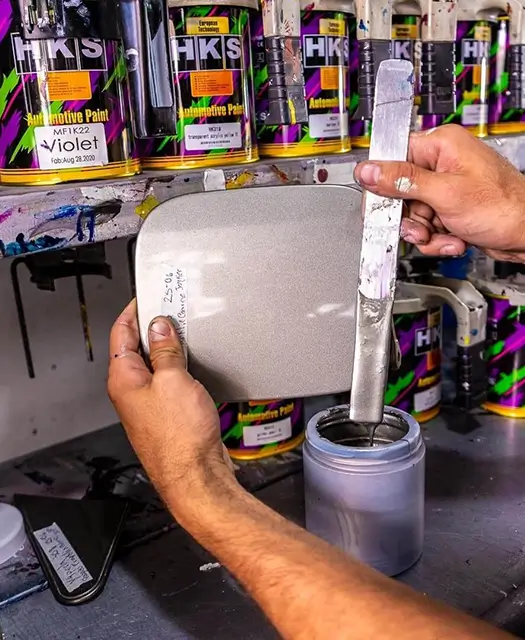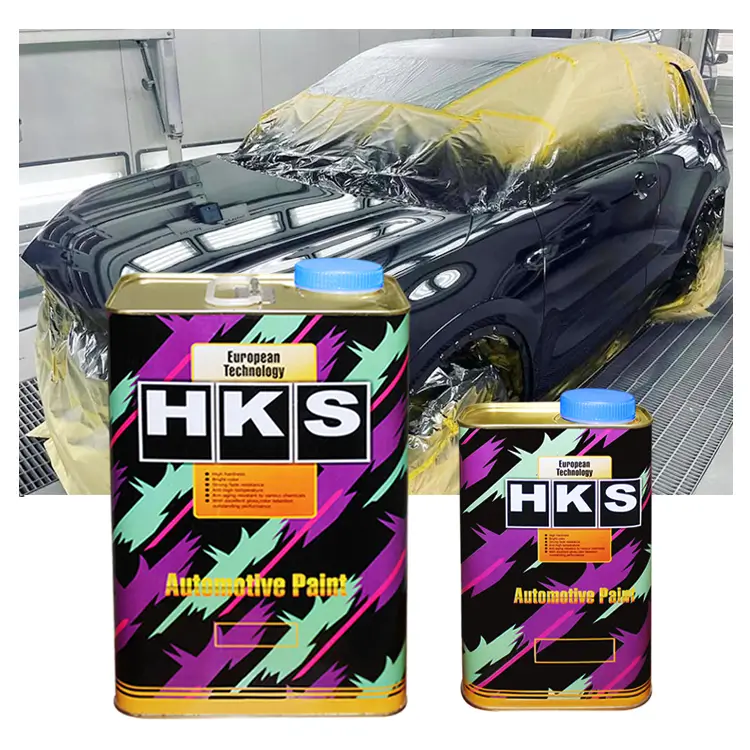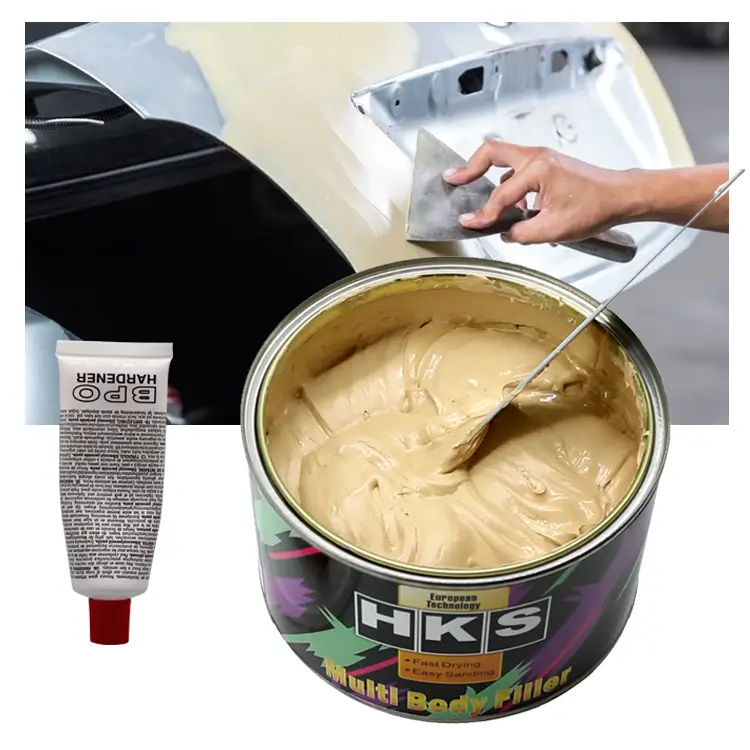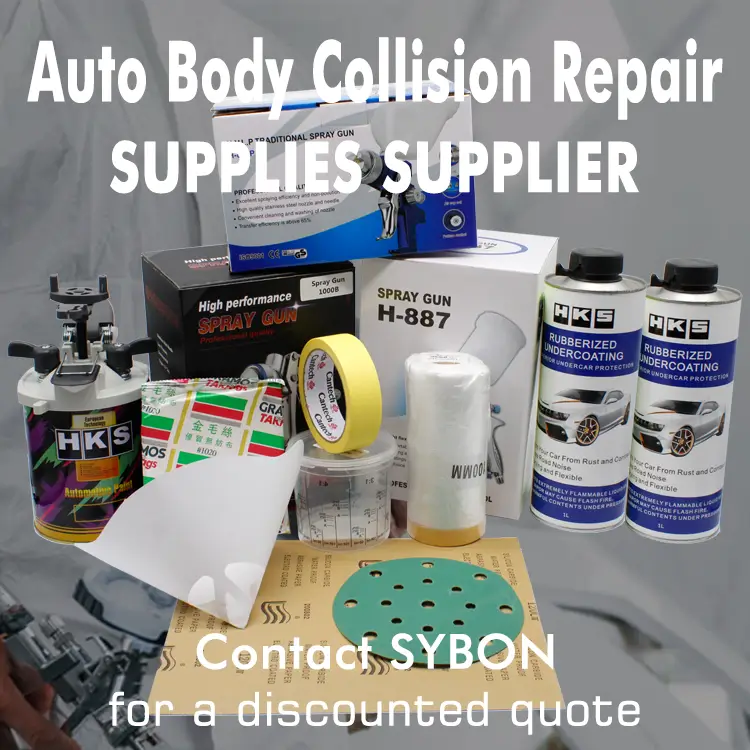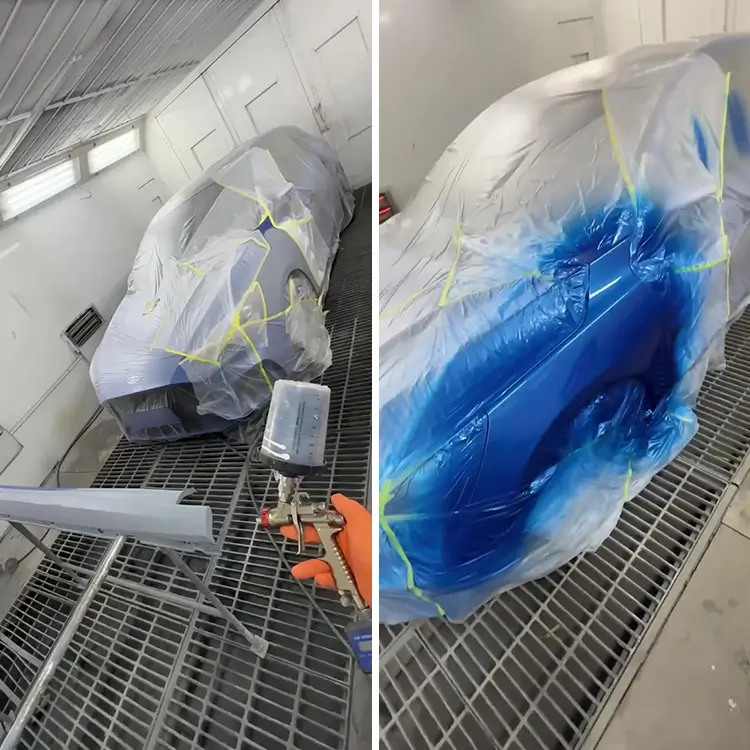History of Automotive Paint
The history of automotive paint is as rich and colorful as the vehicles it adorns. From the earliest days of the automobile industry to the sleek, modern finishes of today, automotive paint has undergone significant transformations. These changes not only reflect advancements in technology but also shifts in consumer preferences and environmental regulations. In this article, we will explore the evolution of automotive paint, its impact on the industry, and how companies like SYBON are continuing to innovate in this field.
The Early Days: Varnish and Enamel
In the early 20th century, when automobiles first began to populate the streets, paint options were limited. The earliest cars were often coated with varnish, a material that provided a glossy finish but lacked durability. This varnish was typically applied by hand, a labor-intensive process that required several coats and extensive drying times. As a result, early automotive paint jobs were prone to chipping, fading, and general wear and tear.
Around the 1920s, the automotive industry began to adopt enamel paints. These paints were more durable than varnish and offered better protection against the elements. Enamel paint was also easier to apply and could be baked onto the car's surface, speeding up the production process. This innovation marked a significant step forward in automotive painting, setting the stage for future developments.
The Introduction of Nitrocellulose Lacquers
The 1920s and 1930s saw the introduction of nitrocellulose lacquers, a type of paint that revolutionized the automotive industry. Unlike enamel, nitrocellulose lacquer could be sprayed onto the car's surface, allowing for smoother and more even coverage. This spray application method also enabled manufacturers to produce cars in a wider range of colors and finishes.
Nitrocellulose lacquers were prized for their quick drying times and high gloss finish. However, they had some drawbacks, including a tendency to crack and fade over time. Despite these limitations, nitrocellulose lacquers remained popular for several decades and were used on many iconic cars of the era.
The Rise of Acrylic Lacquers and Polyurethane Paints
By the 1950s and 1960s, the automotive industry was looking for new ways to improve paint durability and appearance. This led to the development of acrylic lacquers, which offered better resistance to UV rays and environmental damage than nitrocellulose lacquers. Acrylic lacquers also provided a more vibrant and long-lasting finish, making them a popular choice for high-end and custom vehicles.
The 1970s brought another significant advancement with the introduction of polyurethane paints. These paints were more durable than both enamel and lacquer, providing superior protection against scratches, chemicals, and weathering. Polyurethane paints also offered a smoother finish and better color retention, making them the preferred choice for mass-produced vehicles.
The Impact of Environmental Regulations
As environmental awareness grew in the latter half of the 20th century, the automotive paint industry faced new challenges. Traditional paints, particularly those containing solvents like nitrocellulose lacquer, were found to release volatile organic compounds (VOCs) into the atmosphere. These VOCs contributed to air pollution and posed health risks to workers and consumers.
In response to these concerns, governments around the world began implementing stricter environmental regulations. This led to the development of waterborne paints, which use water as a solvent instead of harmful chemicals. Waterborne paints significantly reduce VOC emissions while still providing excellent durability and finish quality. Today, many automotive manufacturers use waterborne paints as part of their commitment to sustainability.
Modern Innovations: Metallics, Pearlescents, and Beyond
The 21st century has seen continued innovation in automotive paint, with manufacturers experimenting with new materials and finishes to create unique and eye-catching looks. Metallic and pearlescent paints, for example, have become increasingly popular for their ability to create shimmering, multi-dimensional effects. These paints contain tiny metallic flakes or mica particles that reflect light, giving the car a dynamic and luxurious appearance.
In addition to aesthetics, modern automotive paints are designed with advanced protective properties. Ceramic coatings, for instance, offer enhanced resistance to scratches, chemicals, and UV damage. These coatings create a hydrophobic barrier on the car's surface, making it easier to clean and maintain.
SYBON: Leading the Way in Automotive Paint Innovation
At SYBON, we are proud to be part of this rich history of automotive paint. Our products are the result of decades of research and development, combining the best of traditional craftsmanship with cutting-edge technology.
We understand that every car is unique, which is why we offer a wide range of colors and finishes to suit any style. Our paints are designed to provide superior durability, gloss, and color retention, ensuring that your vehicle looks its best for years to come.
A Call to Action
If you're interested in experiencing the quality of SYBON automotive paints firsthand, we invite you to request a sample for testing. Our samples allow you to see the difference for yourself and make an informed decision for your next project.
Additionally, if you are an importer, wholesaler, paint shop owner, or automotive repair center operator interested in becoming a distributor, please contact us through our website. We are eager to partner with professionals who share our commitment to excellence and innovation. Reach out to us, and we'll get back to you within 24 hours to discuss potential opportunities.
Conclusion
The history of automotive paint is a testament to the ongoing quest for perfection in the automotive industry. From the early days of varnish and enamel to the modern innovations of today, paint has played a crucial role in defining the look and feel of vehicles. As we look to the future, companies like SYBON will continue to push the boundaries of what is possible, offering products that meet the highest standards of quality and sustainability.
Thank you for joining us on this journey through the history of automotive paint. We look forward to helping you achieve your vision with our world-class products.
Source of this article:https://www.supersybon.com
Get to know us through more channels:

